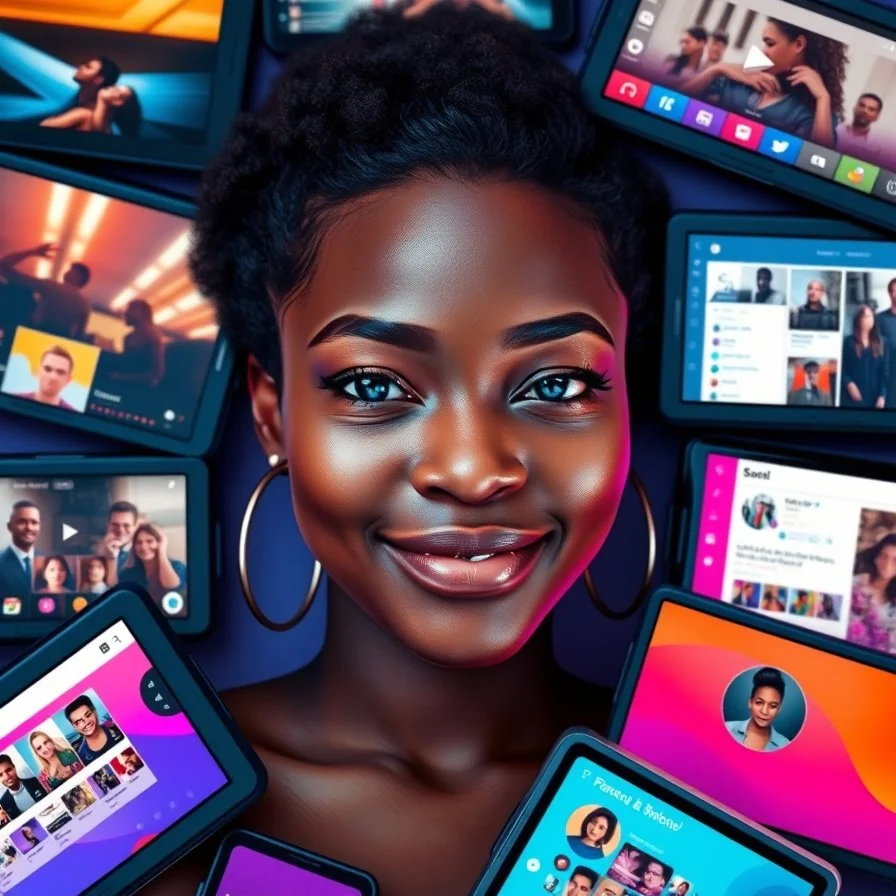How AI Enables Hyper-Personalised Marketing: Real-World Examples for 2025
I got an email the other day that made me smile. It started with "Dear Valued Customer," and then attempted to sell me something I had already purchased from them just two weeks ago. It felt similar to receiving a birthday card from a distant relative who had forgotten about my birthday.
We’ve all been there. Awkward! This one-size-fits-all marketing is finally fading away. It is being replaced with something that has the feel of a friendly push rather than a broadcast.
So, what’s changed? The game-changer is that AI and machine learning have finally given brands the ability to not just talk at us, but to have a genuine conversation with us. We’re now living in the age of hyper-personalisation.
So, what does that really mean in everyday life?
Hyper-personalisation is when a brand uses what it knows about you to help you instead of just telling you the same old things.
When was the last time you listened to music on Spotify? That "Discover Weekly" playlist that somehow gets your hidden obsession with 80s synth-pop? That’s machine learning at work, checking out your listening habits and matching them with millions of others to spot trends you would never notice on your own. It’s not just about "people who like this also enjoy that," and more like, "You're going to totally vibe with this lesser-known track."
One of the best examples of what happens when hyper-personalisation happens is the Starbucks mobile app. Starbucks created a personal barista that its customers can carry in their pockets, rather than simply a standard ordering app. It makes personalised recommendations based on past purchases, preferred drinks, and even when customers usually have their coffee. Repeat business has resulted from personalised offers; therefore, the app is crucial to retaining users. The fact that the app now makes up 31% of US sales indicates that improving personalisation increases sales.
How is this possible without being overly creepy?
The type of AI at work, machine learning (ML) and natural language processing (NLP), is both magical and protective of privacy.
ML does not need to know your name to understand your intentions. It assesses anonymous behavioural data. How long did you stay on that product? What route did you take through the website? What time of day do you normally browse? It recognises patterns amidst the noise.
And NLP? That's the technology that allows AI to understand the reasons for your actions. It may study customer support discussions and product comments to determine that consumers are dissatisfied with a product's battery life, not its design. This allows a company to address the genuine issue in their marketing.
On TechCrunch, I recently came across a great example of how media firms are evolving. Websites such as The Atlantic use AI to create dynamic content centres. As you read an article, the related links and suggested readings vary gradually to reflect your interests, creating a unique narrative experience for each reader. It is a living, breathing website that adapts to you.
So, are marketers just letting machines take over?
Not at all. In fact, it is the opposite. This technology is allowing marketers to be more authentic.
AI conducts the heavy data-crunching tasks. It automates "what" and "when." This allows marketers, journalists, and creatives to focus on the "why" and "how." We can focus our efforts on creating an engaging brand story, fostering communities, and designing attractive experiences. The AI guarantees that the tale is conveyed in the most appropriate way for each individual.
The goal is not to become Big Brother. It's to be an excellent assistance. It's all about minimising unnecessary noise and adding actual value. In 2025, the brands that capture our attention will not be those with the most budgets, but those who employ AI to make each client feel like they are the only one who counts.
The conversation has already started. The real question is: how will your brand respond?

